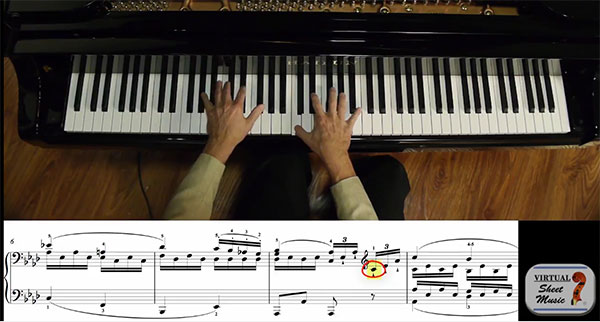Middle C is something that every musician is familiar with. Today we are going to go a little more in-depth on this common phrase and explore some things you might not be aware of.
The piano keyboard has a number of C’s on it, so you might assume that middle C is right in the middle of the piano. While it is near the middle of the piano, there is a slight problem:

The note in the absolute middle of the keyboard is not C. The exact middle is right between, E and F above middle C. So why is middle C called middle C?
There are actually 2 C’s near the middle of the piano:

So which one of these is middle C? It is the lower one.
This is middle C:

It is technically closer to the middle of the piano but this is not the only reason it’s called middle C. The reason it has this term is because where this note is located on the grand staff. While the treble clef and the bass clef form the 10 lines in the grand staff, there is a space you can think of as an 11th line that runs between the two. This is where middle C is located:

This makes perfect sense! Middle C has less to do with its location on the piano keyboard and more to do with where it is located on the grand staff. This is a very important note because it helps you in reading both notes in the treble and bass clefs. Naturally, when middle C is written in the bass clef, the ledger line is closer to the bass clef and when it is written on the treble clef the ledger line is closer to the treble clef – but it is the same note!
Thanks again for joining us here at Living Pianos. If you have any questions about this topic or any others, please contact us at: Info@LivingPianos.com (949) 244-3729













